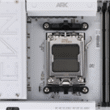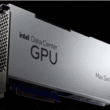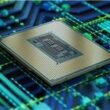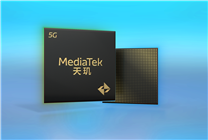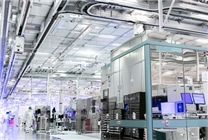Dimensity 9500 vs. Snapdragon 8 Extreme Edition: A Cost Analysis
Summary:
- The Dimensity 9500 is estimated to cost between $180 and $200, making it about 55% cheaper than the Snapdragon 8 Extreme Edition at $280.
- MediaTek’s reliance on ARM designs contributes to the cost advantage, but may compromise performance.
- Both processors utilize TSMC’s advanced 3nm N3P manufacturing process.
Recent reports have revealed significant pricing differences between two competing processors in the smartphone landscape: the Dimensity 9500 from MediaTek and Qualcomm’s Snapdragon 8 Extreme Edition. The estimated production price for the Dimensity 9500 ranges from $180 to $200, which positions it approximately 55% less expensive than Qualcomm’s latest offering, the Snapdragon 8 Extreme Edition, priced at $280.
Pricing Insights
These figures reflect estimated manufacturing costs, and the actual selling prices can fluctuate based on various factors such as contract terms between MediaTek and its clients, order volume, specific regional markets, and any exclusive agreements in place. Understanding these dynamics is crucial for manufacturers and consumers alike when considering the total cost of acquiring these cutting-edge processors.
Cost Structure: The Power of ARM Designs
The competitive pricing of the Dimensity 9500 can largely be attributed to MediaTek’s strategy of employing ARM’s CPU and GPU designs. This decision allows them to reduce overall costs significantly. In stark contrast, Qualcomm has fully integrated its proprietary Oryon core technologies into the Snapdragon 8 Extreme Edition. This distinction highlights how differing approaches to processor design can lead to substantial price disparities in the market.
Performance and Efficiency Concerns
While the Dimensity 9500 benefits from a lower price point, it is worthwhile to consider the trade-offs involved. Both processors utilize the TSMC 3nm N3P process, ensuring they can deliver high efficiency and cutting-edge performance. However, relying heavily on ARM designs may not endow the Dimensity 9500 with the same performance and power efficiency levels that Qualcomm achieves through its customized cores.
This strategic choice of design raises questions about long-term competitiveness and performance sustainability. During recent legal disputes, Qualcomm underscored its $1.4 billion acquisition of Nuvia as a means to bolster its ability to compete against Apple by developing tailored cores suitable for high-end performance needs. This level of customization can significantly enhance performance capabilities, potentially offsetting the higher cost associated with Qualcomm’s processors.
Future Implications for Mobile Technology
As the smartphone market continues to evolve, the implications of these pricing and performance dynamics could reshape consumer choices and brand strategies. The Dimensity 9500 may attract budget-conscious consumers looking for a cost-effective yet capable option. However, for performance-driven users, the Snapdragon 8 Extreme Edition may be worth the additional investment, offering cutting-edge performance tailored to advanced mobile experiences.
Conclusion
The pricing and design philosophies of the Dimensity 9500 and Snapdragon 8 Extreme Edition illustrate the complexities of the modern processor market. While MediaTek’s Dimensity 9500 presents a more affordable alternative, Qualcomm’s approach reinforces the importance of performance and customization. As consumers make educated choices about their device purchases, understanding the nuances of these processors will be key in navigating an increasingly competitive landscape.
By focusing on these critical factors, consumers and manufacturers alike can make informed decisions that best align with their needs and expectations in a rapidly changing technological landscape.


